Having a keen interest in 3D Printing and teaching Blender in a high school for my day job, I couldn’t resist getting the DVD, Blender for 3D Printing. In fact I downloaded it immediately instead of waiting for the physical DVD to arrive. With most of these tutorial or training DVDs, I tend to be disappointed with the presentation style of watching someone work through a single project in real time without a break, which I find very boring and frustrating because I want to skip a head, but on the other hand I’m worried I’ll miss something useful.
So with this in mind, I found that best bit of this DVD was the style of presentation. The presenter, Dolf (Macouno) Veenvliet, provided concise explanations and easy examples of how to apply that idea. This allows me to view a section to understand the content or review it to reinforce an idea. Also where most training DVDs are purely screen capture this combined that with a view of Macouno working, in which he would turn to the camera and discuss a concept, before using Blender to demonstrate it.
The section on Checks and Fixes provides an excellent overview of the new 3D printing tools in Blender 2.67 and it makes the DVD worth purchasing on it’s own. The previous section on Colouring Models is also high quality and informative. The final section on Making Sintel Printable gives you a summary of the process followed without the many hours the how it was done video, and the final version is available on shapeways.
Overall, I think that this would not suit an absolute beginner, but someone with a little experience in using the software and wanting to gain knowledge for entry into the 3D printing market or just to make some cool stuff, because the focus is 3D Printing and he simply high-lights effective tools and techniques in that direction. For example; in the Using Modifier’s section he does gives a brief outline of the four types of modifiers and then focuses on the two or three that are useful in 3D Printing.








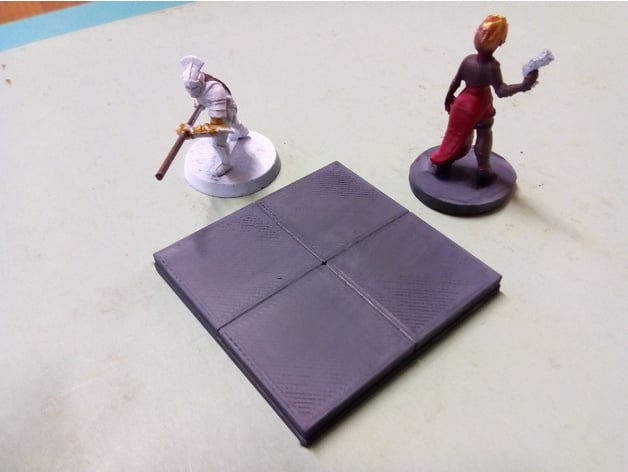
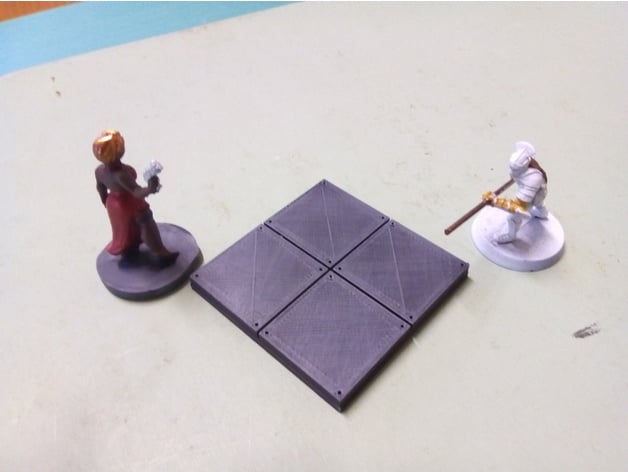
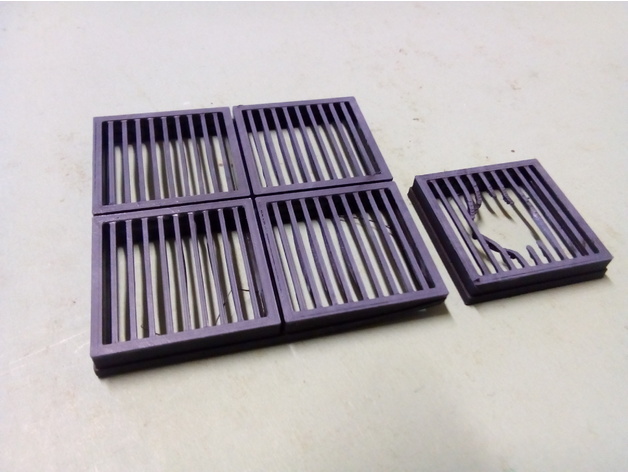
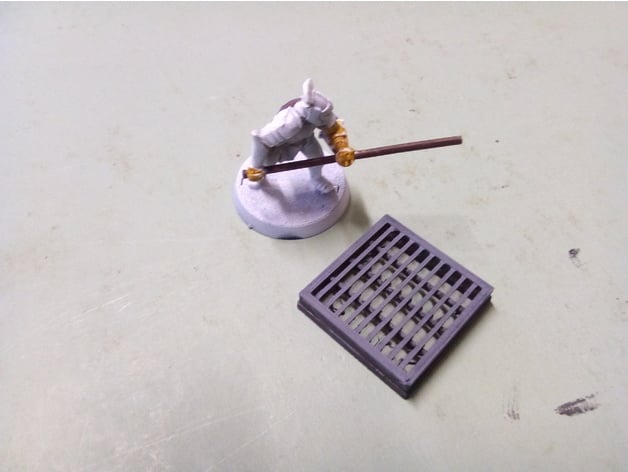
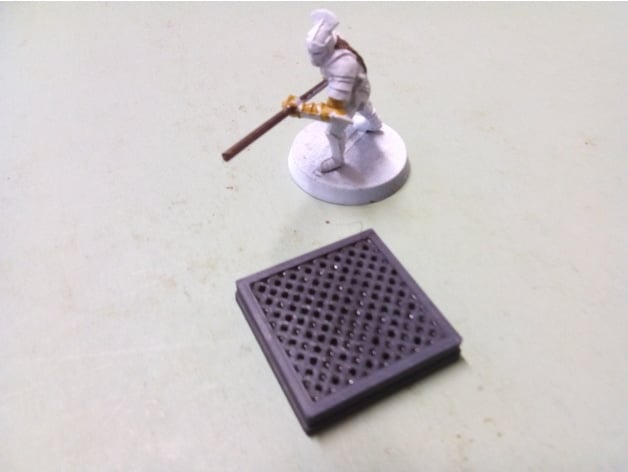
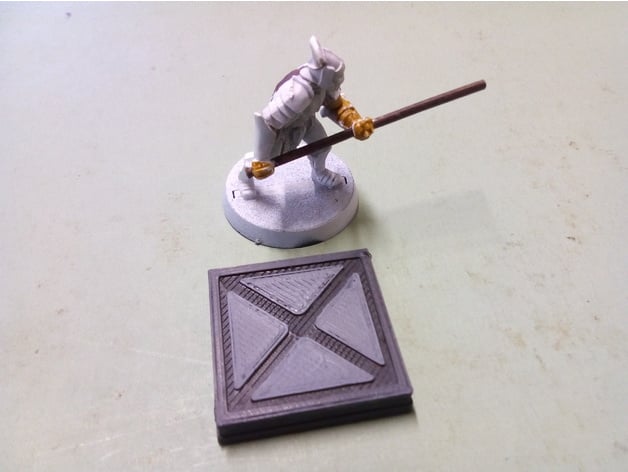
You must be logged in to post a comment.